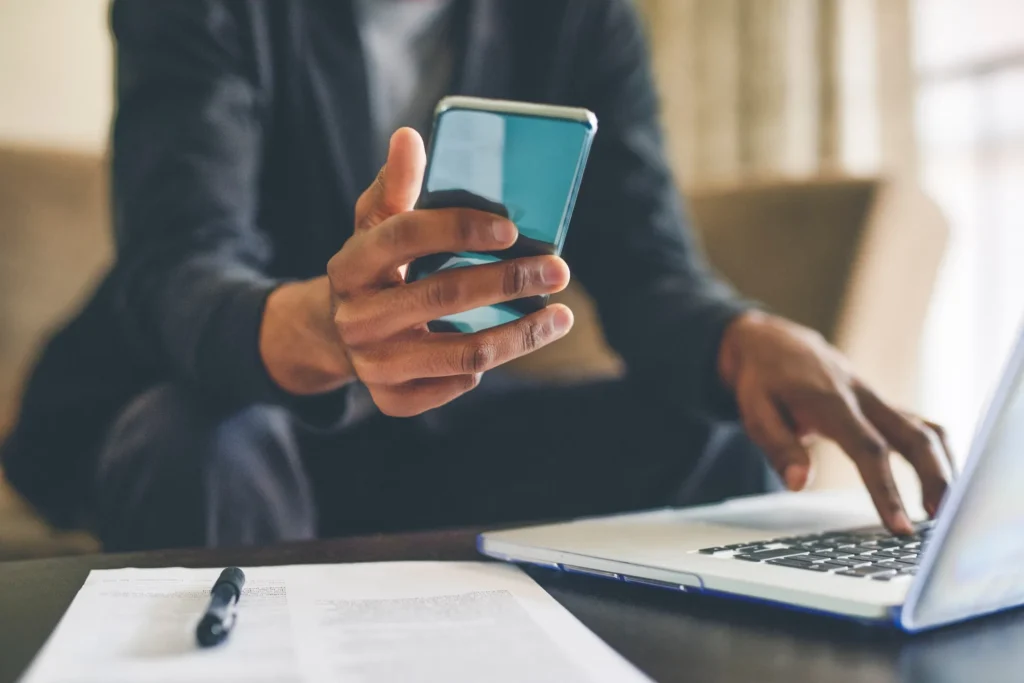Expert: Heather Handyside, GCI Director of Corporate Communications
GCI’s Heather Handyside shares how Alaska’s TERRA network (Terrestrial for Every Rural Region in Alaska), came to be and how it continues to transform the lives of native Alaskans everyday. Since 2011, the TERRA network has brought a higher level of internet connectivity to villages and communities across the state which were previously only serviced by satellite.
What kind of work was required to build out the TERRA network?
Building the TERRA network required visionaries and innovators but also people with the technical know-how to execute on that vision. GCI engineers conceptualized and designed the TERRA network and then it was up to our field crews and many, many partners to make the project a reality. The system is 3,300 miles long and crosses six mountain ranges, 233 rivers and 87 lakes.
In the Alaska wilderness, this kind of project required people who could solve problems but also employees who are Alaska-tough and are capable of working in remote locations in rugged terrain. The construction crews had to be self-sufficient, sometimes for weeks at a time, while they built TERRA’s huge towers on remote Alaska mountaintops. It takes a special type of person to spend days on the top of a mountain, scaling 300-foot towers, guiding huge sections of steel – slung below a massive helicopter – into place. We even had a diver helping to lay fiber below solid ice covering a river in Southwest Alaska. Let me tell you, this work is not for the faint of heart. But the most important factor was the belief that the project could be done in the first place. It all started with vision.
What was connectivity like in Alaska prior to the TERRA network?
Before TERRA, communities relied on limited satellite access that was often marked by significant delays that made conversations awkward. Dial-up speeds were excruciatingly slow and made browsing the web frustrating and downloading documents, photos and music impossible. Rural businesses didn’t have websites because they took too long to download. Online shopping at slow speeds wasn’t practical. Facebook was only used by people with lots and lots of patience. The lack of broadband was particularly frustrating for schools who tried to use connectivity for testing or sharing content. And it made sharing medical records and information extremely time-consuming. Now data-rich medical records are shared with ease and schools on the TERRA network use their high-speed broadband all day to stream K-12 classes around the region.
How has the TERRA network changed the lives of many Alaskans?
TERRA gives students access to distance education opportunities, and enables teachers to access online resources more efficiently. There’s also a huge health and safety component to TERRA. Doctors and nurses in more than 80 clinics and healthcare facilities can now tap into a fast, secure telehealth system, vastly improving patient care. GCI’s partnership with the FAA on the agency’s remote weather camera program has helped reduce weather-related aviation incidents in the state by 85 percent. And, of course, it gives rural Alaskans easier access to the rest of the world through social media, video streaming, and a plethora of other opportunities that wouldn’t be possible without the fast, reliable internet that TERRA provides.









